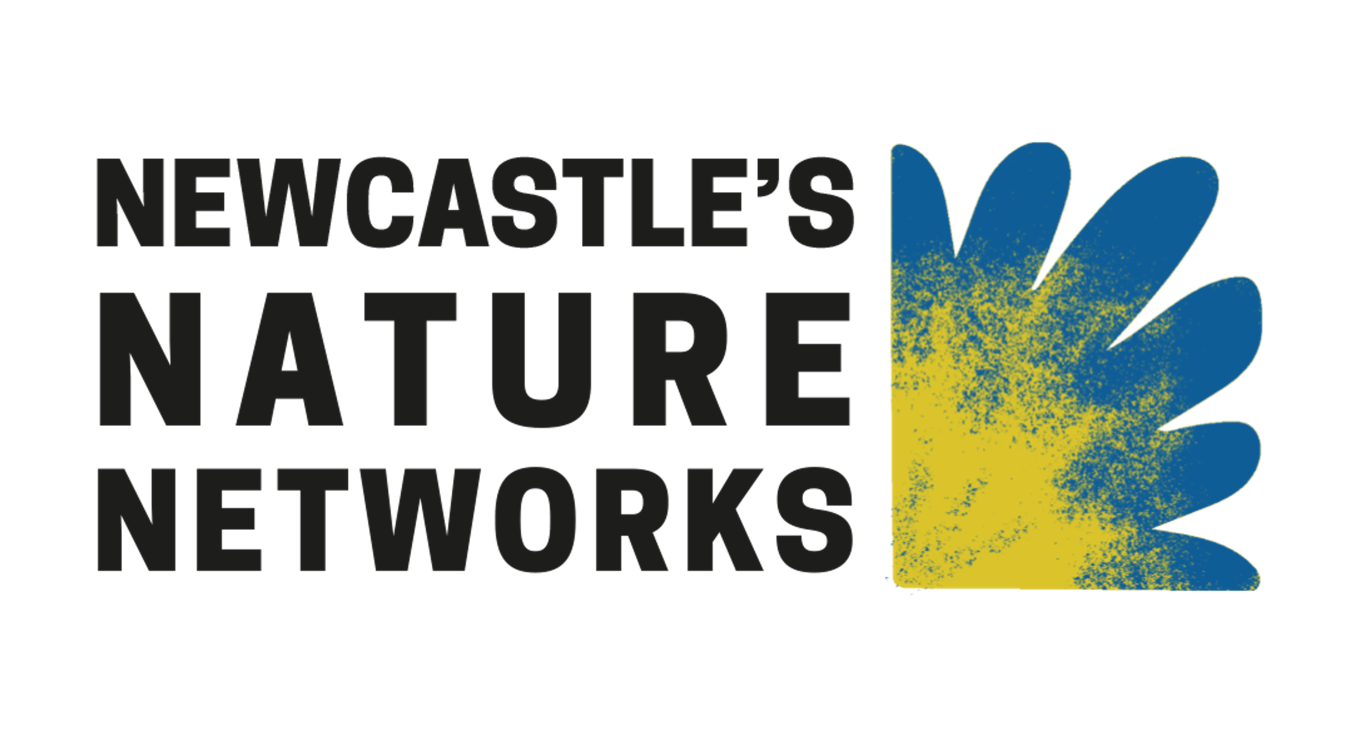Discover a new series of blogs, as NHSN’s Naturalists take you on a journey of discovery with Newcastle Nature Networks.
Newcastle’s Nature Networks is an ongoing partnership project aiming to provide a home for wildlife throughout Newcastle’s parks, nature reserves, community gardens and other green spaces by improving and connecting areas that support wildlife and establishing nature ‘corridors’ across the city. Engaging people with wildlife is another key part of the project and NHSN is pleased to be delivering training sessions for partners’ staff and volunteers to help them identify urban wildlife.
In this series of blogs, NHSN’s Assistant Naturalists will show you the wildlife they discovered on training sessions across Newcastle.
Wetland Plants at Gosforth Nature Reserve
Recently, I joined Mima Cattan, an NHSN naturalist, on a trip around Gosforth Nature Reserve, examining wetland plants as part of Newcastle Nature Networks.
As a relative beginner botanist, I’m always trying to absorb knowledge where I can, and dividing plants into habitats has been a great help for me. On this trip, we focused on wetland species, and Gosforth Nature Reserve did not disappoint. My aim for the day was to develop my botany knowledge, and we saw plenty of fascinating plants. Here’s a quick recap of some of the highlights.
We started meandering onto the boardwalk, being lured in by the sweet smell of Water Mint. A common but lovely plant, Mima shared her tip for remembering water mint (although I think it was inspired by Jane Gray)- the flower head looks like a little purple pom-pom (and of course, there’s the unmistakable minty scent). I found it fascinating that this plant is widely used across the globe. It makes a delicious tea, thought to calm nerves and aid digestion. Many people say it’s tastier than peppermint or spearmint. And beyond the kitchen, its fragrance pops up everywhere from perfumes and shower gels to mouthwashes and air diffusers.
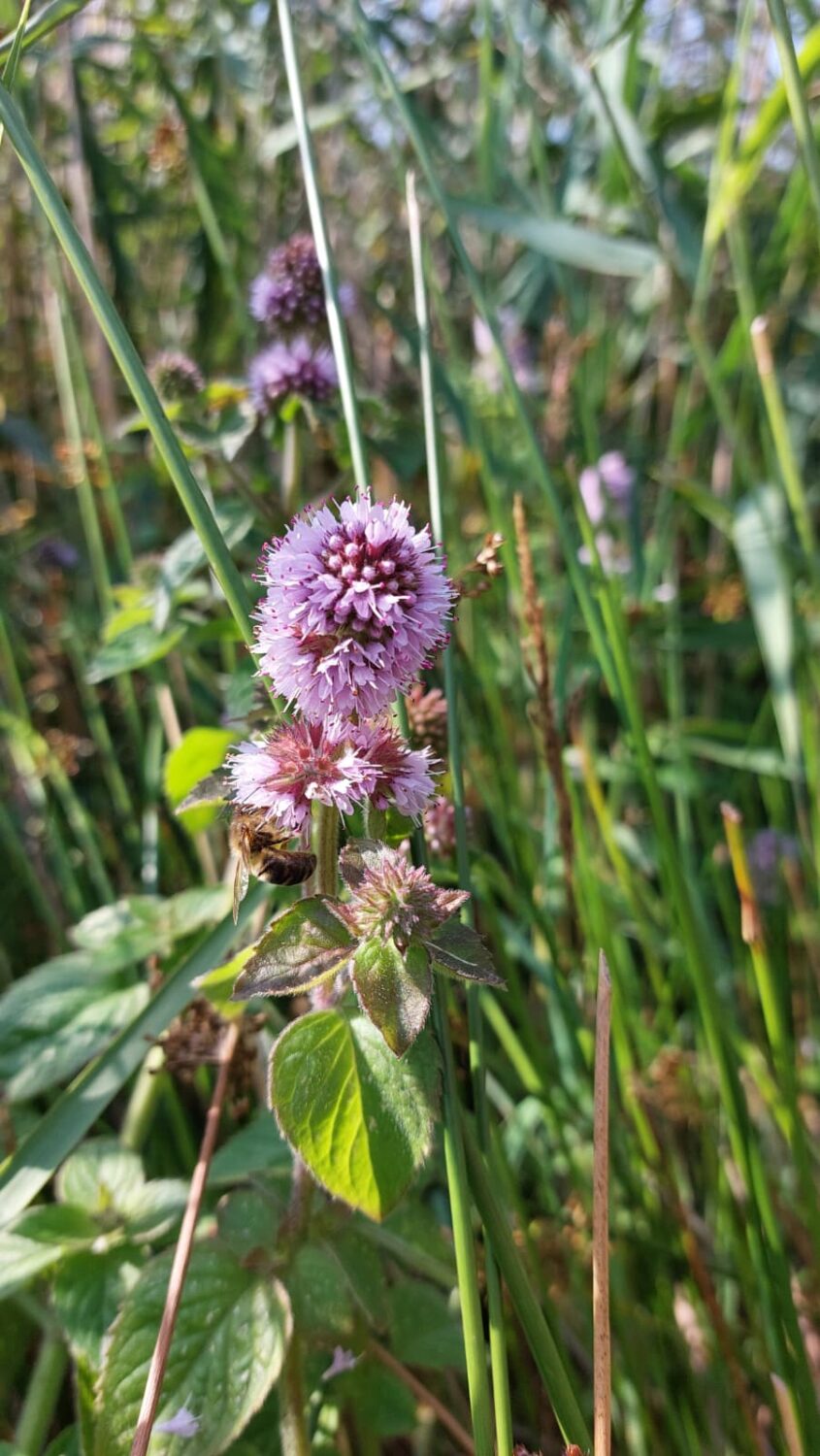
We then took a dramatic turn from the sweet Water Mint to the poisonous Woody Nightshade! This climbing vine has striking purple petals and bright yellow stamens, with clusters of vivid red berries that stand out against the greenery. Also known as bittersweet, it’s referred to as a “less toxic nightshade”- but still not something to experiment with. An interesting fact: its leaves, when crushed, smell strongly of burnt rubber. We also spotted Enchanter’s Nightshade nearby. Despite the name, this one isn’t a nightshade at all but a type of willowherb. With its pinkish-white flowers and bristly fruits, it has a long history of use in folk medicine for treating wounds.
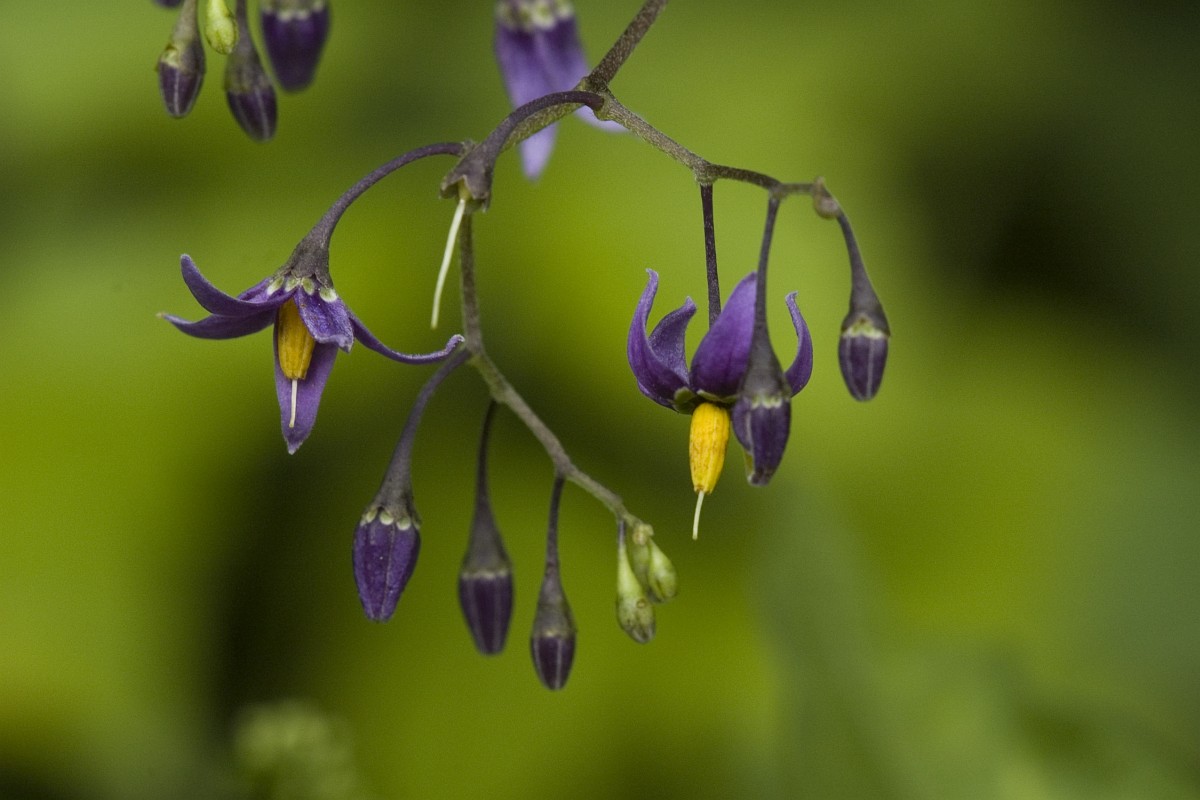

As we continued along the boardwalk towards the dipping pond, the plant list grew rapidly. We found Valerian with its tall stems and clusters of pale pink flowers, long valued as a herbal remedy for sleep and relaxation. Among the towering stands of Common Reed and Reed Canary Grass, Reed Mace (often called bulrush) stood out with its distinctive kebab-shaped seed heads. Historically, its fluffy seeds were used to stuff pillows, while the stems provided material for thatching. Personally. I’ve seen plenty of Reed Buntings pulling out the fluffy seed head, I would expect for nesting material- looks like a cosy material to me!
Angelica also made an appearance, with its giant umbrella-like purple tinged white flower heads. Celery-leaved Buttercup, Greater Spearwort and Amphibious Bistort each added to the variety, showing just how many species can thrive in wet soils. We even came across Parsley Water Dropwort, one of the rarer species at Gosforth Nature Reserve. This year has actually been the reserves first record in over a century!

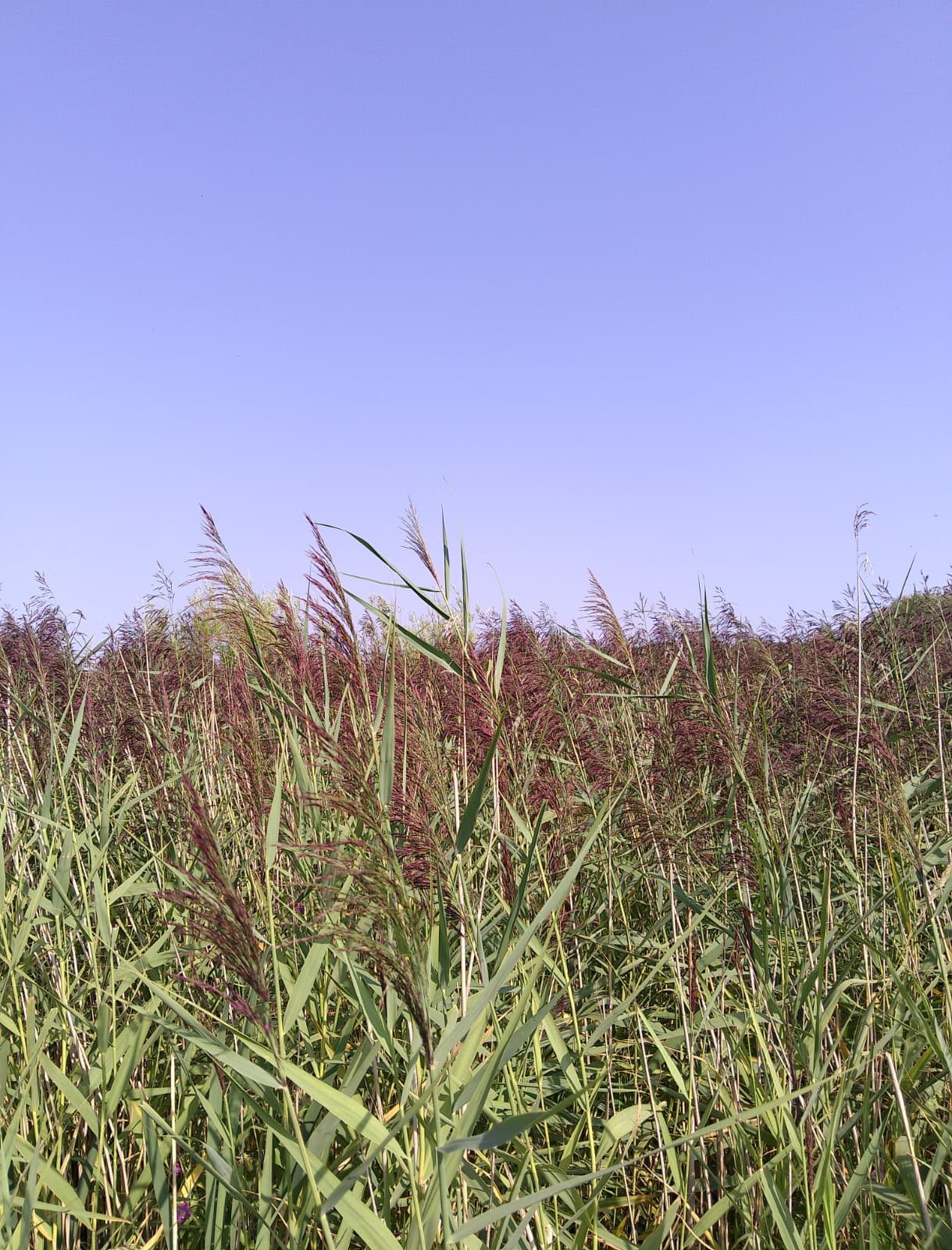
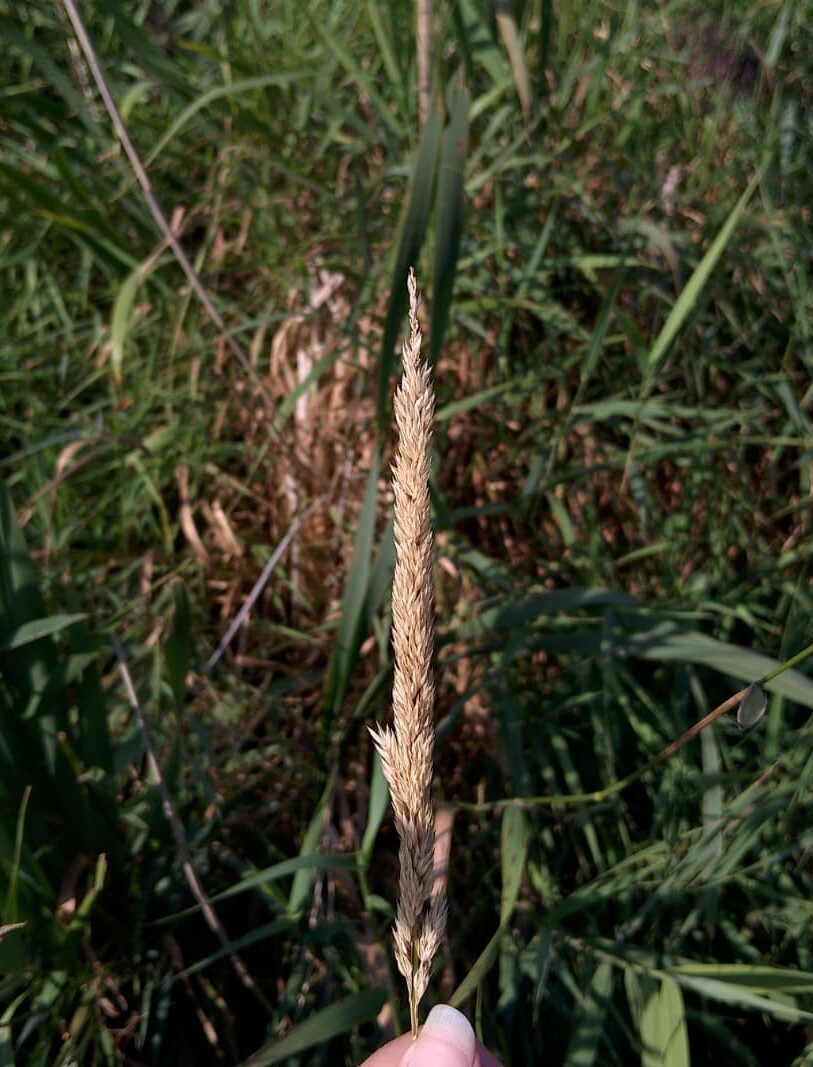
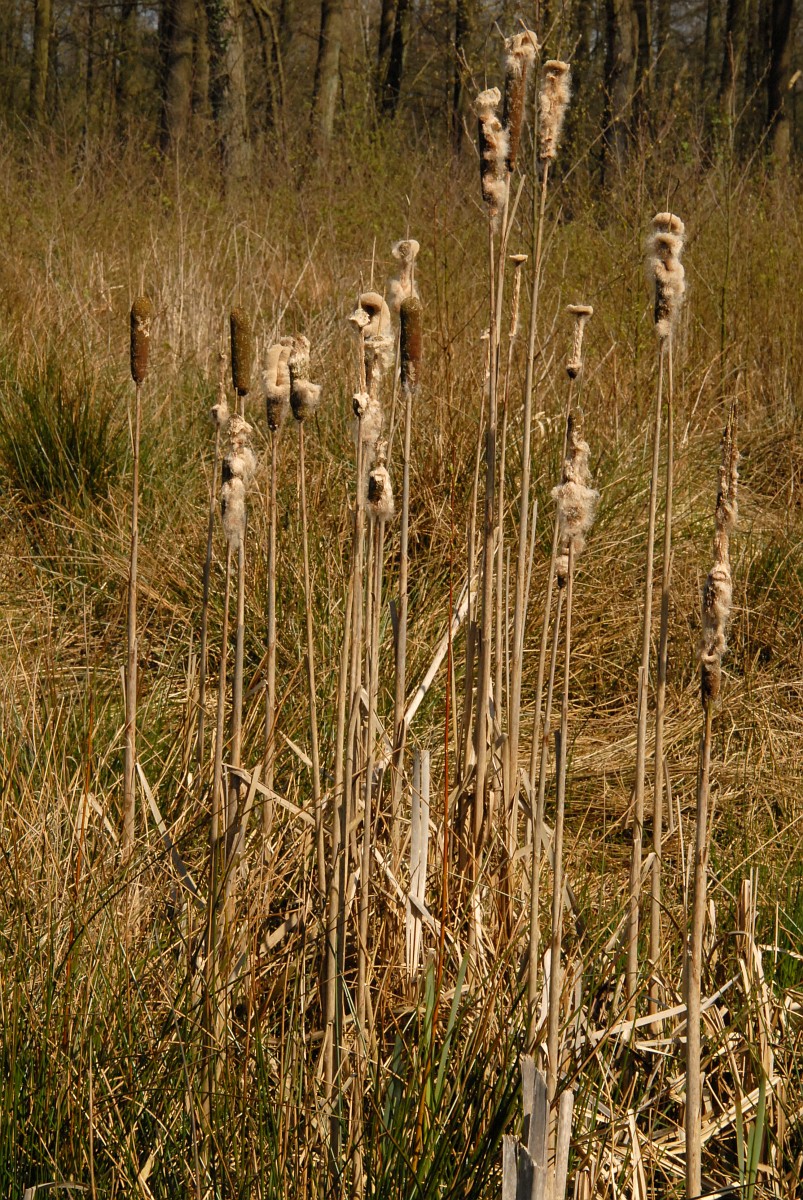

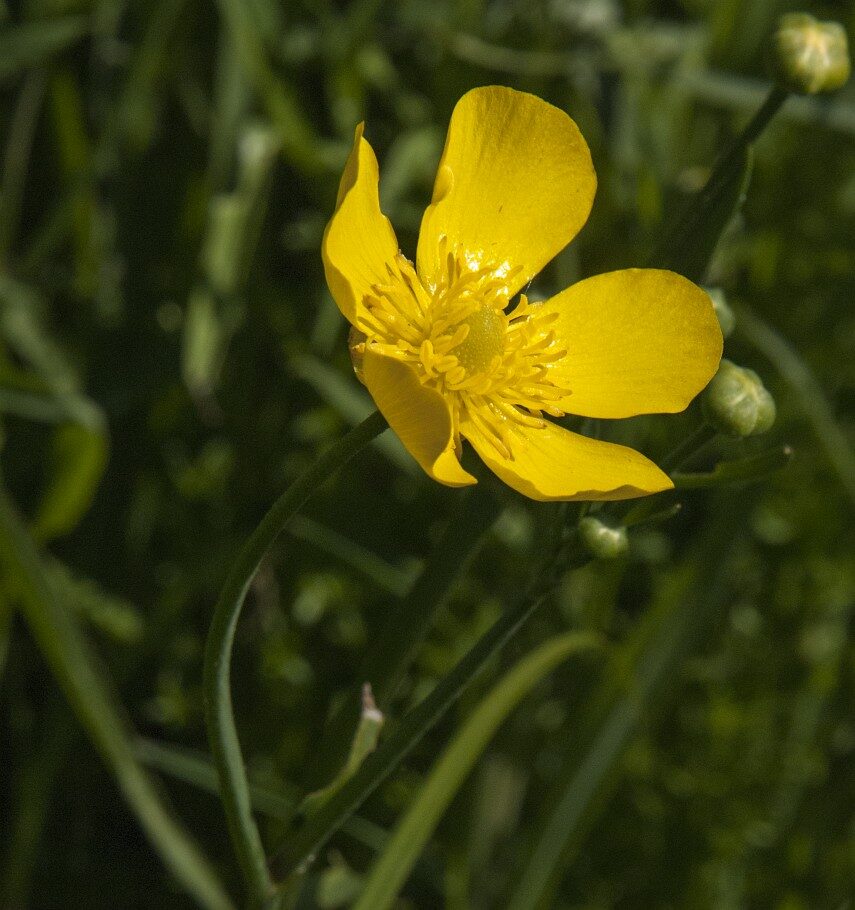

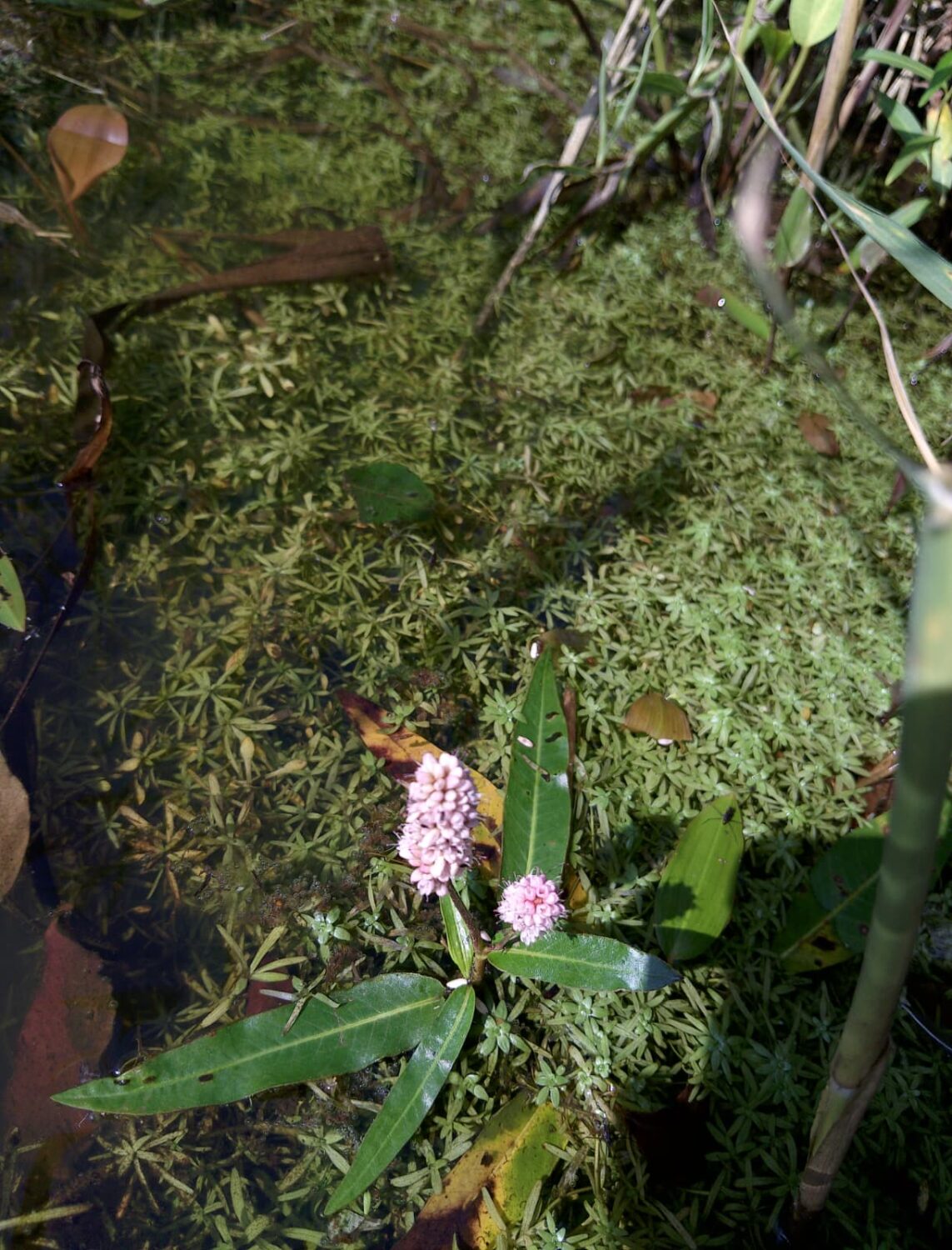
Other species included Broad-leaved Pondweed and Water Starwort, floating on the surface, creating shelter for aquatic invertebrates, while Marsh Cinquefoil showed off its dark crimson flowers, sometimes described as resembling tiny buttercups dipped in red ink. We also came across Marsh Pennywort, with its round coin-shaped leaves creeping across the water. Water Plantain was another highlight, with tall stalks rising above the water and delicate three-petalled flowers. Soft Rush and Marsh Willowherb rounded off the scene, both typical of damp, boggy areas and adding texture to the wetland margins. A couple members of the group were also bird ringers, they told me about how some birds which flit amongst the reeds end the season with tattered wings due to the sharpness of the leaves! So next time you find yourself in a reed bed, feel the sharp leaves!



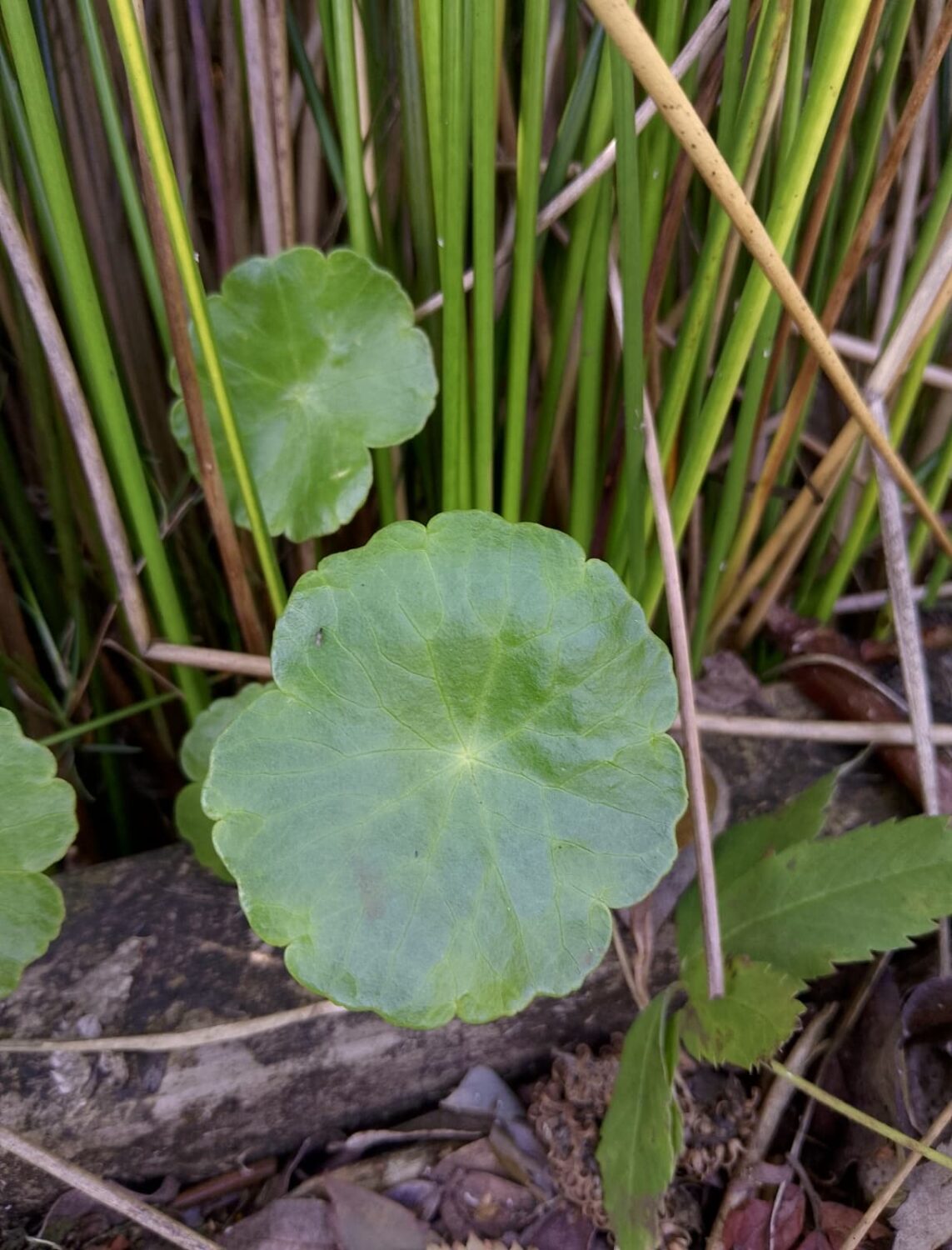
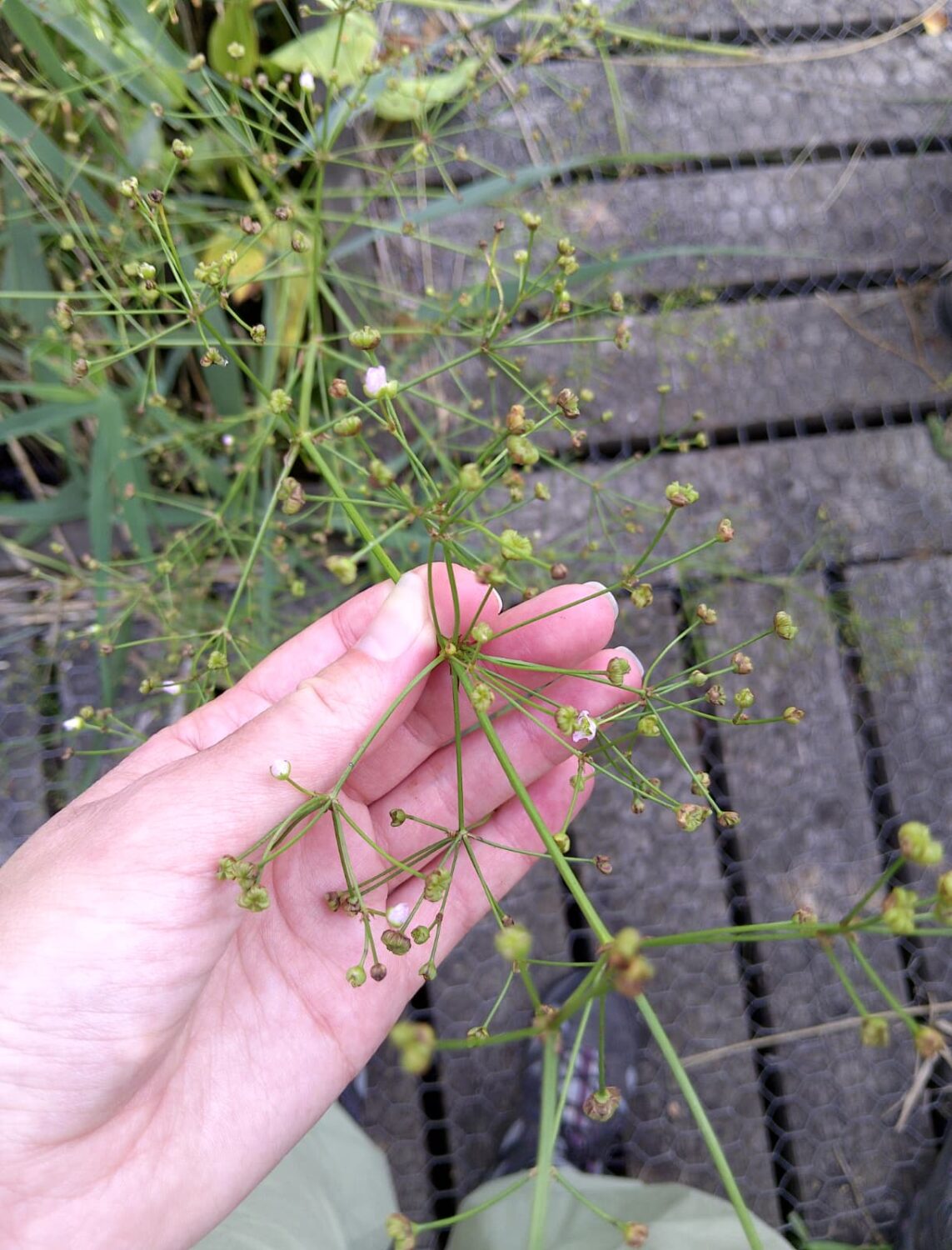
Leaving the boardwalk, we explored the smaller water bodies at the back of the reserve, a real hotspot for dragonflies. Here we found Club-Rush and Spike-Rush, both members of the sedge family, with their understated yet intricate flowering heads. Ivy-leaved Duckweed, one of the tiniest flowering plants in the world, carpeted the surface in miniature floating mats, providing cover for insects and amphibians. Nearby, Branched Bur-Reed displayed its curious round seed heads like little green spiky balls.
Finally, we turned our attention to waterweeds, both Canadian and Nuttall’s, introduced species that have become common in UK ponds and lakes. Although sometimes invasive, they play a role in oxygenating water.
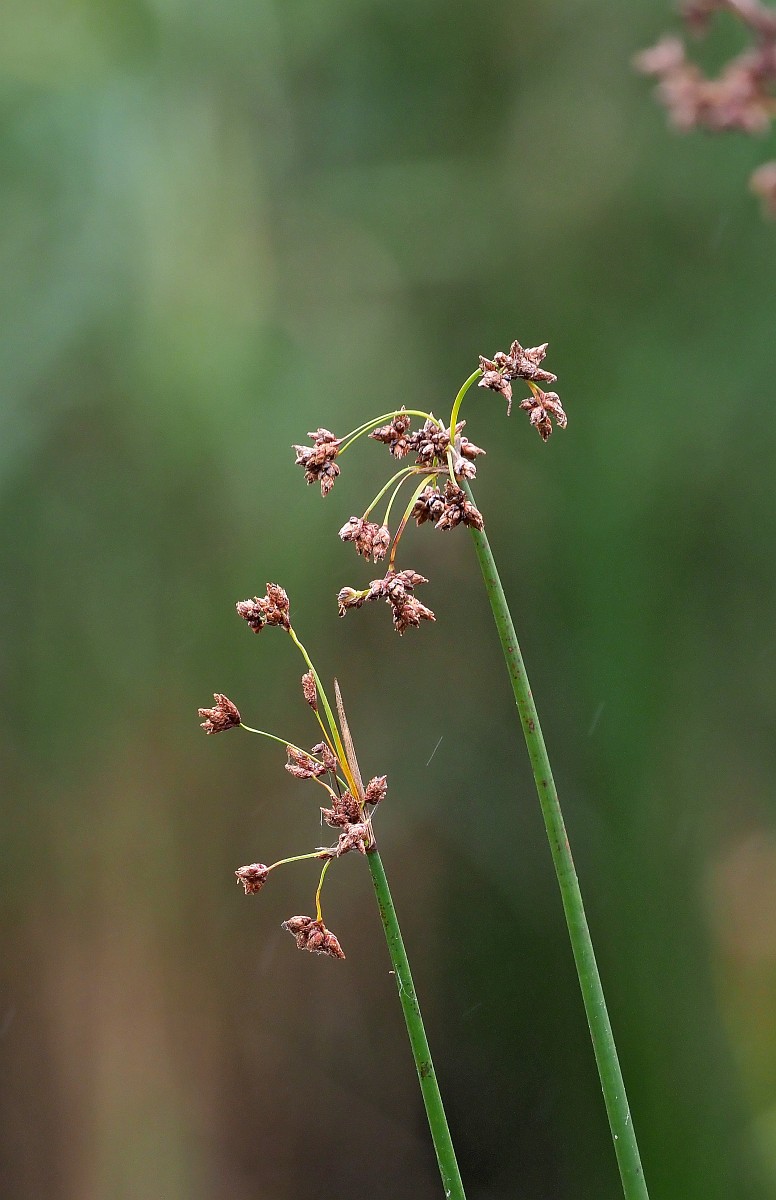
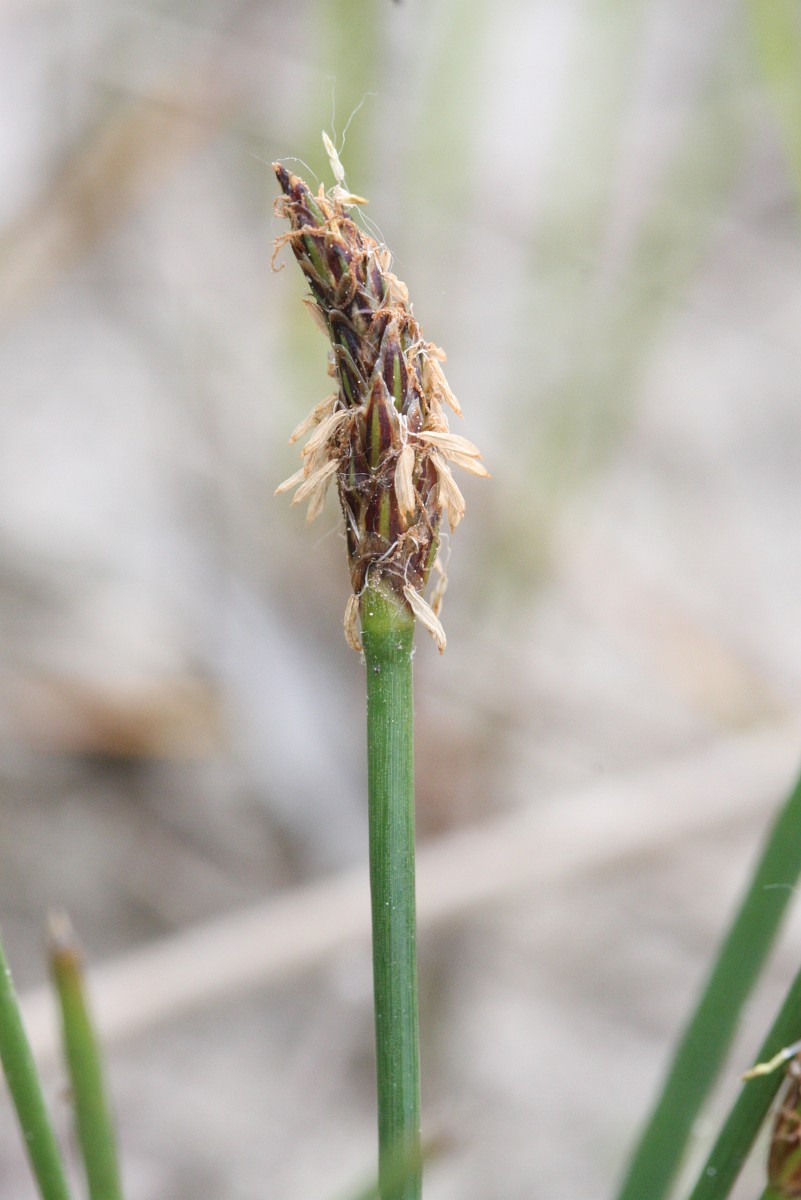
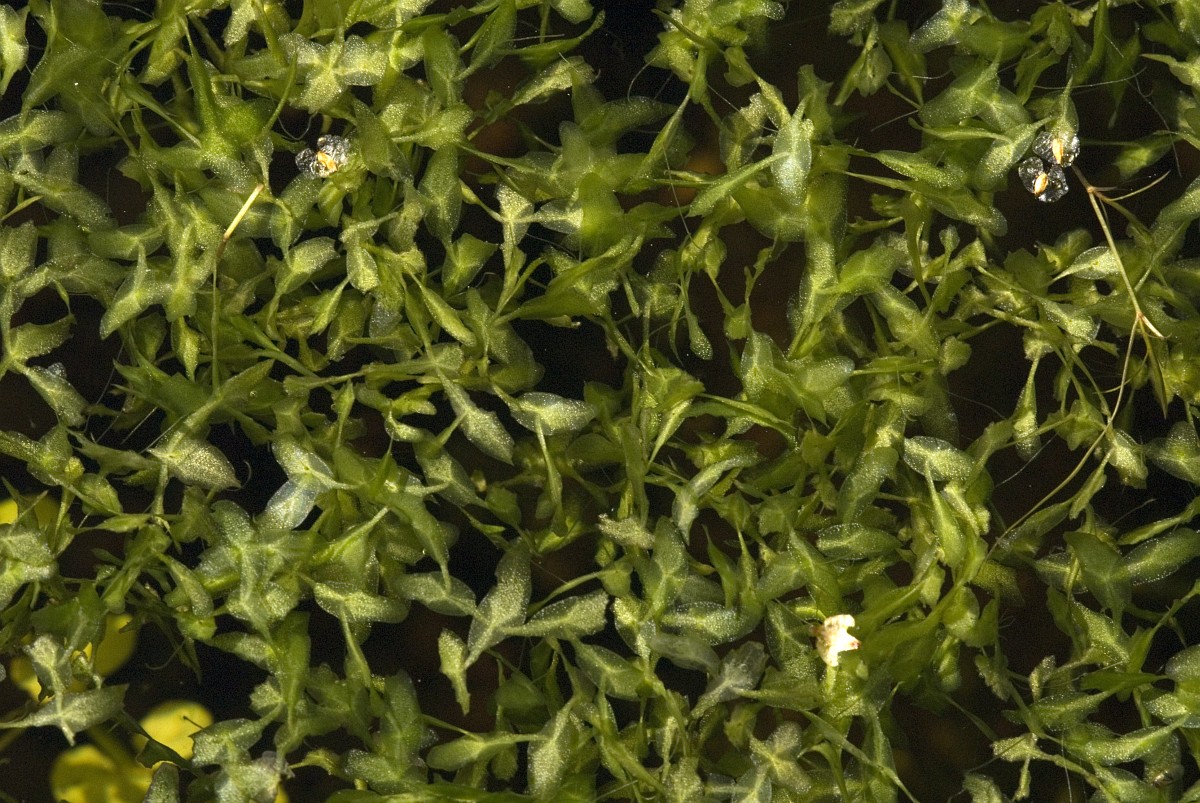

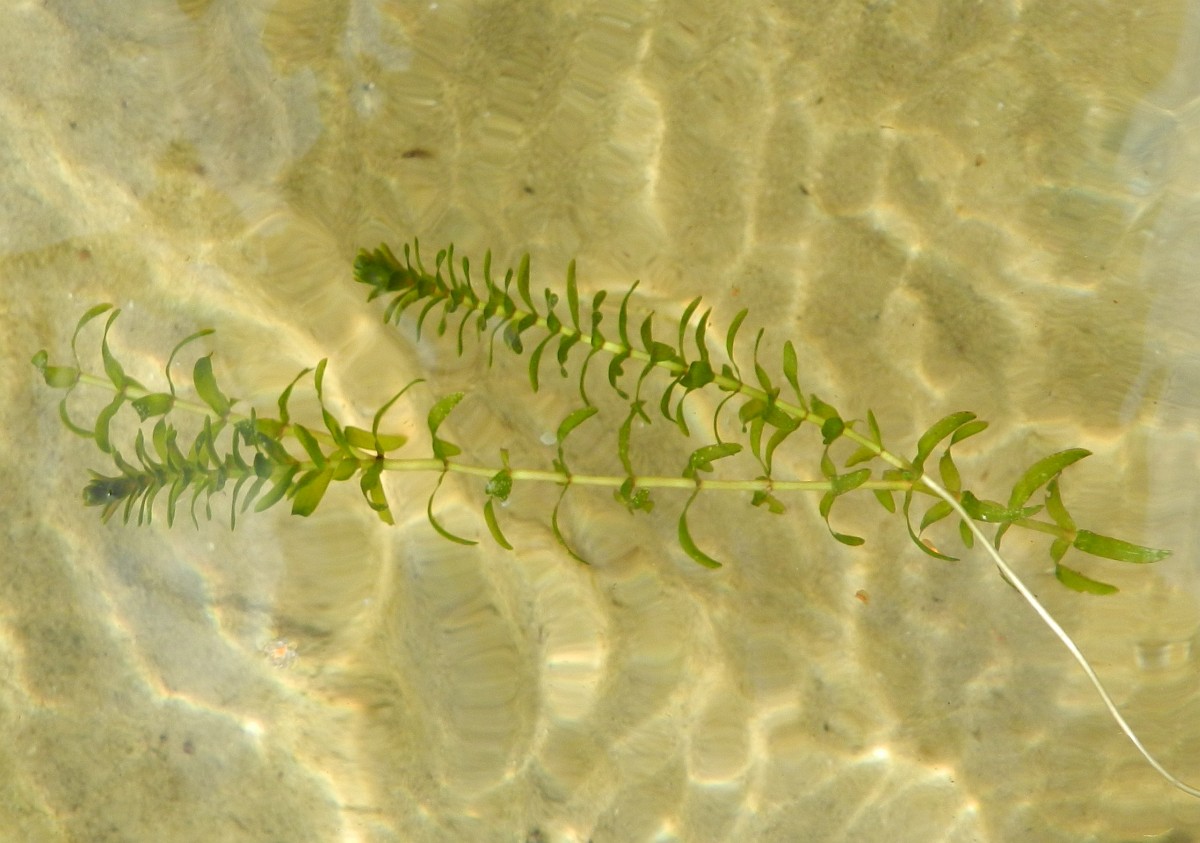
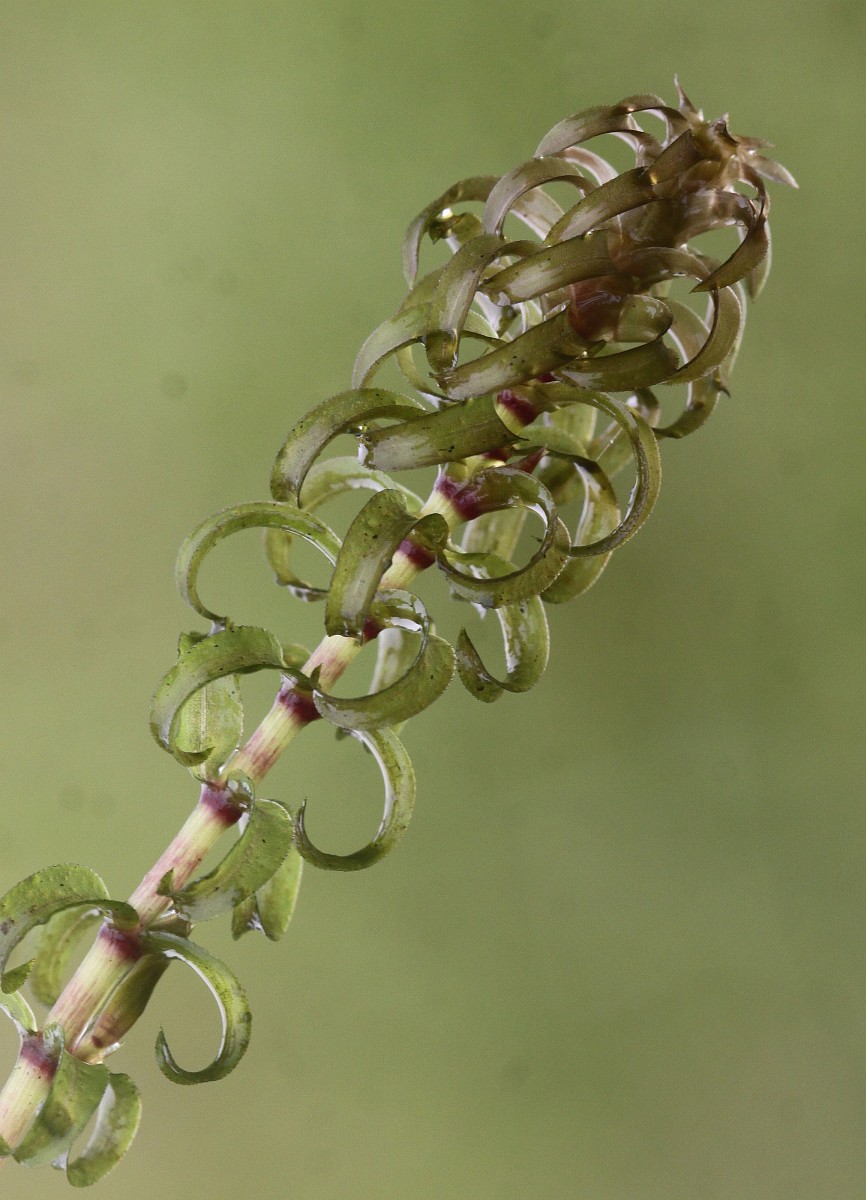
By the end of the walk, I’d added a whole host of new species to my list and come away with not just names but also stories, uses, and fun facts. Wetlands may seem like quiet, soggy corners of the reserve, but look closely and they’re bursting with life and history.
Read more about Newcastle’s Nature Networks here

